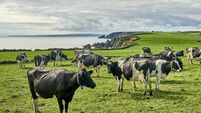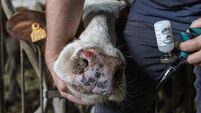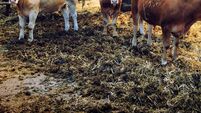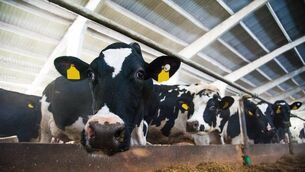Path dependency — economic theory that the may keep EU agriculture policy on the rails
Few of them ponder why the 134-years-old QWERTY layout in typewriters is still used in computer keyboards.
When videos arrived, in the 1980s, why was Betamax defeated in the market by the VHS system? Why do businesses of a certain type tend to congregate geographically — like the pharmaceutical industry in Cork harbour? Why does the EU spend more than 40% of its budget on agriculture and rural development?













